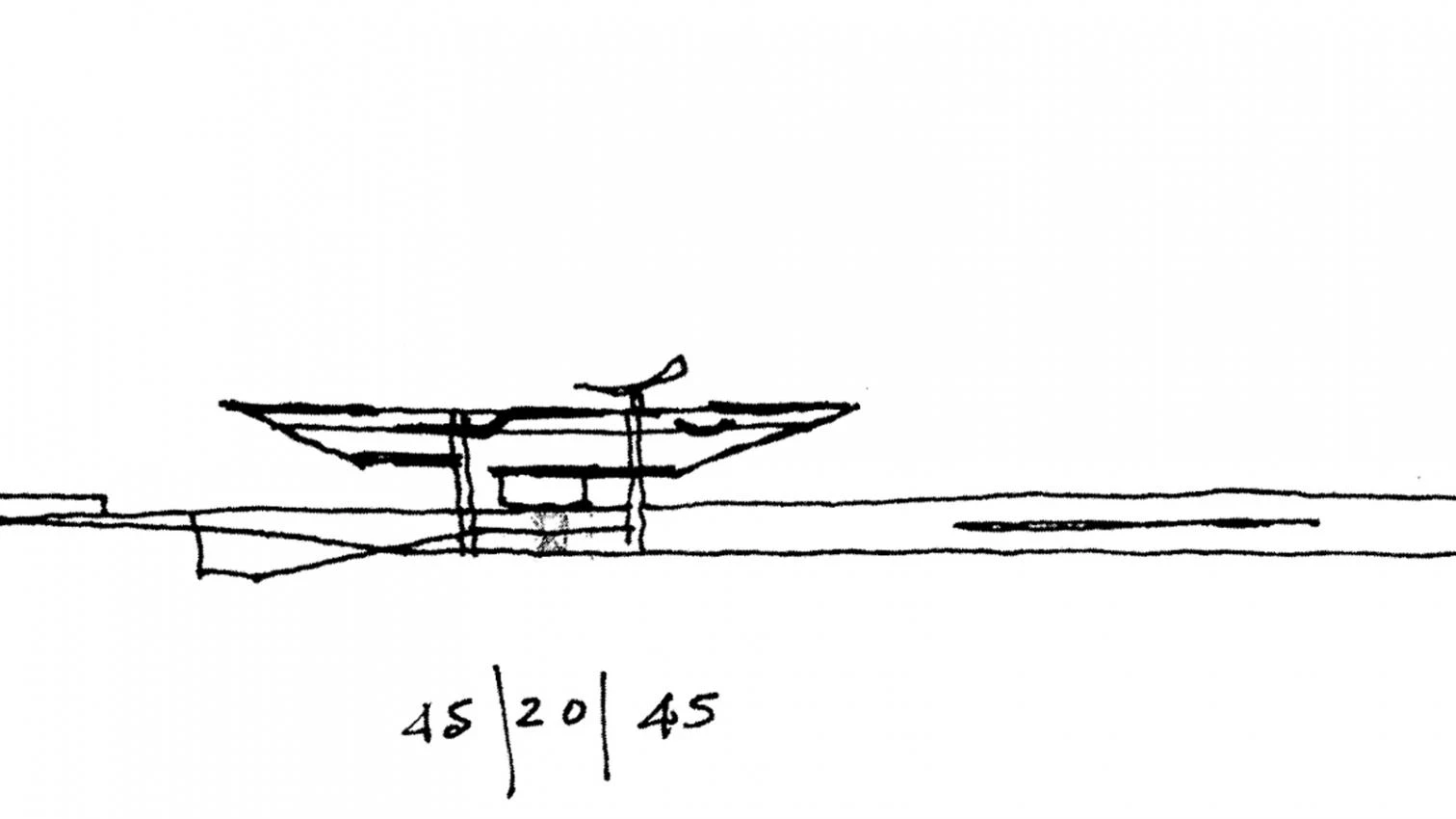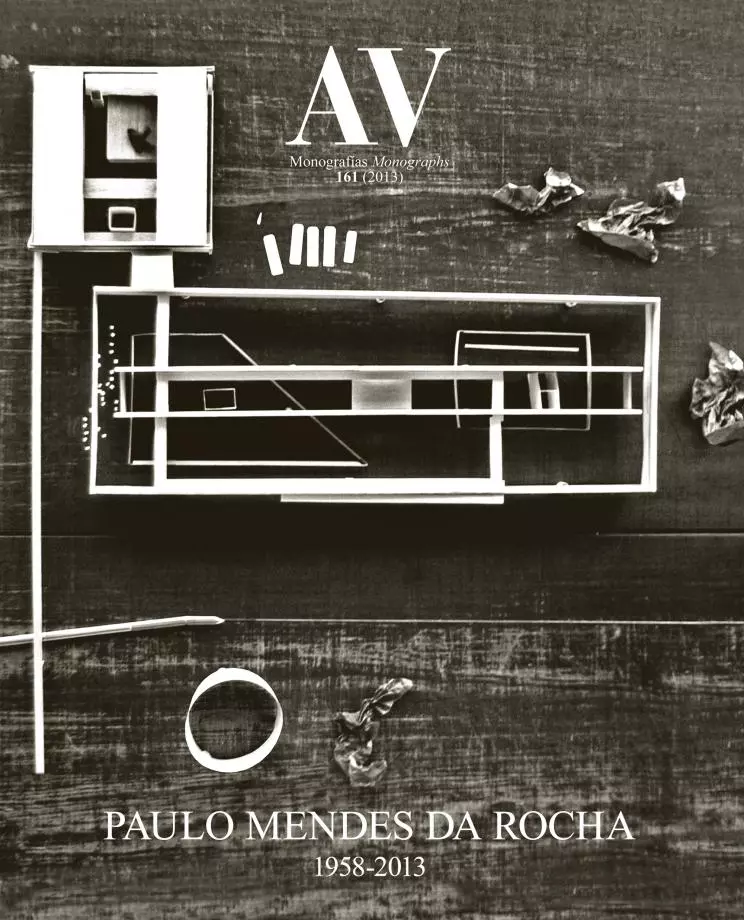Structure and Form in Two Discreet Artifacts

The first impression the work of Paulo Mendes da Rocha leaves on an architect trained in Europe is not hard to remember, and could be summed up in the following question: “But, how does he manage to build that?”
The first surprise is the structural scale, so distant from the one we were made to imagine as architecture students. Later, we become aware of its formal radicalness. The image is the result of a refined and brave use of construction. But let’s not be fooled by the structure: we soon see that the relationship with the large scale of the city is just as moving as the small scale of a knob or a window that opens up automatically with the effect of gravity. The fish has bitten the bait.
The perspective changes after reading his texts. His architecture takes on a new dimension: it can be interpreted as a narration of collective desires, a creation of stages for our unpredictable life, an observation and meditation on the human being in history, a communion between architecture and city, or a reflection upon how architecture builds the habitat that provides a setting for the dreams of human beings.
And we will be able to abstract one of his buildings and imagine, floating, a logical itinerary that puts space into order, as if the building were a mechanism that, in a simple way and taking a step back, solves problems kindly and discreetly. It is also an architecture that is generous with the user, with the city. Just like those who offer protection with an umbrella or a shade, an arm for support, this architecture offers refuge, shade, shelter, space, relaxation, ampleness and naturalness. Architecture becomes the festive occasion to celebrate the joy of making life simpler; such is its strength... [+]





